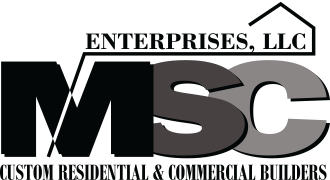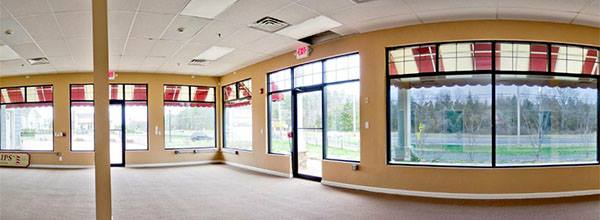Medical office users and practitioners do not relocate typically to new spaces as often as general office and residential tenants. Acquiring new patients is increasingly competitive every day. Medical practitioners are seeking out non-hospital properties that are are accessible to patients and more conveniently located. The the rise of urgent care centers and clinics and the development of suburban medical office projects clearly demonstrates the growth of medical real estate in central New Jersey. Heath care providers are often seen setting up shop in smaller community centers located near hospital campuses. Here are some things you should consider before leasing medical office space.
- 1. Use issues
- Before renting space for a medical office or practice, you need to account for its usage in the lease document very clearly to ensure compliance. Medical tenants or practitioners make use of hazardous materials that can generate biomedical waste. Medical tenants use CT scans, X-Ray machines, and machines that generate hazardous radiation.
- 2. Building’s compliance with ADA or Americans with Disabilities Act
- Medical patients are more likely to have special needs than the general public. Buildings that include tenants who are health care providers receive ADA scrutiny. Pay special attention to the American with Disabilities Act clause within the lease document.
- 3. The anti kickback issues
- Anti-kick back laws create some special provisions for leases between properties and medical tenants. Properties can belong to the physicians or may be owned by a hospital and you must address proper documentation and proper compliance if the relationship between the property owner and tenant exists.
- 4. Following the exclusivity provision
- Exclusivity provision is an exclusive use provision whereby the proprietor clearly states not to lease any other space to any party during development where the intended use of the property would be in direct competition with the tenant’s use of the building space. For medical office space, it is wise to look for the exclusivity provision for a specific specialty practice.
- 5. Landlord inspection
- Commercial leases give property owners the right to re-enter your office premise to show the premises to prospective tenants, and for compliance inspection with the lease. They can even enter to make some infrastructural repairs. However, it is your jobs not to allow them enter examining rooms and restricted areas number of hours in the day. Do not allow the proprietor to check your patient’s record.
- 6. Provision of death and disability
- If you are a solo practitioner then look for a death and disability clause in the agreement that provides for the ability for cancelling the lease in the case that the physician is unable to practice due to disability or death. The clause must be sought after to see if you can successfully negotiate the provision in the agreement. This will prevent the proprietor from saying that the insurance company must cater the tenants’ need.
- 7. Tenant improvement
- Medical user tenants may require more expensive tenant improvements than typical office tenants. Be aware of the repair and maintenance cost of the office. Even the simplest repair and maintenance may amount to a significant cost that would be wise to allocate for in your budget. The building may require milling, plumbing, and the need for equipment compliance creates extra cost. The parties should consider the scope of any potential build-out or tenant improvement allowance early on in the negotiation of lease terms.
- 8. After hours utilities
- Medical tenants sometimes need to see patients even after the completion of normal working hours. Some urgent care clinics operate 24 hours continuously or their hours are extended and may include weekends, so it is vital to see how the owner handles availability of utilities. This can save unnecessary utility expenses.
- 9. Relocation provision
- Office leases do comprise of provisions whereby the proprietor may shift the medical practitioner or the medical office tenant from one location to another. Try to resist such provisions of moving on to substitute premises. The tenant may have special build out needs, which may not be catered to by substitute premise.
- 10. Liens
- When it comes to purchasing medical equipment, Lien rights should be prioritized to be offered to the Tenant’s lenders before the proprietor. Leasehold improvements are defined as the enhancements paid for by a tenant to leased space. Examples of leasehold improvements are: Interior walls and ceilings. Electrical and plumbing additions. There is the cost of medical leasehold improvements and it is the physician who often finances the costs, which moves far beyond the landlord’s allowance.
Look for the restoration provision in the agreement paper very clearly. It addresses the rights of tenants and landlords and their individual responsibility in the restoration of obligations at the end of the lease.
Several headaches and misunderstandings can be avoided by considering the above suggestions when leasing a medical office space in a commercial or retail real estate leasing agreement.


